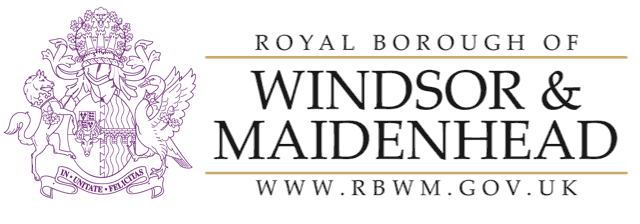
A sustainable and efficient way of repairing wear and tear in roads, including potholes, is being used in an expanded trial by the Royal Borough of Windsor & Maidenhead.
A specialist thermal infrared heater, specifically designed to be used on highways, is used to quickly heat up the existing asphalt surface in need of repair. It is then easily reworked using hand tools before a rejuvenator and fresh material is added to the heated asphalt. The area is then reprofiled level with the surrounding road surface and compacted.
The improvements are being carried out by the council’s highways contractor, VolkerHighways. The infrared technology is being used for repairs by ‘recycling’ the existing material in sections of Coronation Road and New Mile Road, Ascot, Perrycroft and Bulkeley Avenue, Clewer, Spring Lane, Cookham Dean, Eton Wick Road, Eton Wick, Sturt Green, Holyport and in Littlefield Green.
Work will also be undertaken in King Street, Oaken Grove, and Headington Road, Maidenhead, Burfield Road, Old Windsor, Charters Road, Sunningdale, Bagshot Road and Larch Avenue, Sunninghill and Coppermill Road in Wraysbury.
The locations have been selected due to the condition of the roads, and the majority of work will be completed under partial or full lane closures, with traffic management in place.
This expanded trial, taking place over the summer months, is being funded using money awarded by the Department for Transport, and follows a limited trial on the A30 London Road, Sunningdale in December 2021.
Councillor Geoff Hill, cabinet member for highways and transport, said: “We now have the opportunity to use this technology in an expanded trial to tackle road repairs in the borough. We are committed to exploring and using alternative, more sustainable and efficient ways to keep our highways in good working order and the benefits of this technology are far-reaching.
“This process is more energy-efficient, is less labour-intensive resulting in greater productivity, and eliminates the need for excavation making it safer and easier for access requirements. It is also more environmentally friendly with zero material going to landfill and delivers carbon savings compared to traditional construction. There are also benefits for residents with less noise and vibration, no dust and fewer people working on site.
“This technology supports our drive as a borough to reach net zero carbon emission by 2050 at the latest, as well as improve the way we provide services for residents.”
Other benefits of the infrared system include the increased durability of repairs by eliminating weaknesses created by additional joints in the surface.
Fresh material is added to the heated surfaces at 170ᴼC ensuring all materials are at exactly the right temperature. This means they ‘fuse’ together eliminating the risks associated with ‘cold’ joints and possible failure.
